Scientific study proves the relevance of glial cells for epileptic seizures and shows potential for

news, journals and articles from all over the world.

Scientific study proves the relevance of glial cells for epileptic seizures and shows potential for

The evolutionary process that occurs when a species colonizes a new environment provides an opportunity to explore the mechanisms underlying genetic adaptation, which is essential knowledge for understanding evolution and the maintenance of biodiversity. An international team of scientists, led…
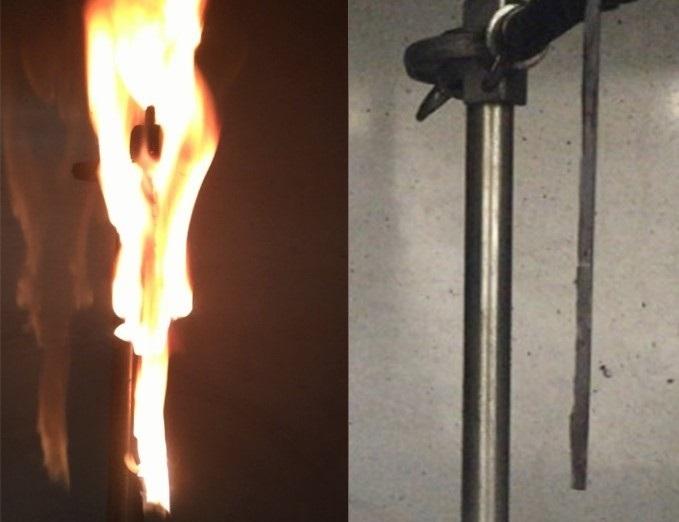
SAN DIEGO, Aug. 26, 2019 — Flame retardants are present in thousands of everyday items, from clothing to furniture to electronics. Although these substances can help prevent fire-related injuries and deaths, they could have harmful effects on human health and…
Researchers uncover a previously unrecognized mechanism that may accelerate polycystic kidney diseas

SAN DIEGO, Aug. 26, 2019 — Polyurethane waste is piling up in landfills, but scientists have a possible solution: They have developed a method to make polyurethane degradable. Once the original product’s useful life is over, the polymer can easily…

Bacteria could be used to produce large quantities of medicines and fuels using a new gene programming technique, research suggests. The powerful method could enable bacteria to be used as cheap and environmentally friendly living factories that make a range…
SAN DIEGO, Aug. 26, 2019 — Saliva from a tick’s bite can transmit pathogens that cause serious illnesses, such as Lyme disease, and significant agricultural losses. Current insecticides have drawbacks, so scientists have been seeking new ways to prevent these…

Reintroducing beavers to their native habitat is an important step towards solving the freshwater biodiversity crisis, according to experts at the University of Stirling. New research from the Faculty of Natural Sciences has provided further support to previous work that…
SAN DIEGO, Aug. 26, 2019 — Proteins are good for building muscle, but their building blocks also might be helpful for building sustainable organic batteries that could someday be a viable substitute for conventional lithium-ion batteries, without their safety and…
Targeting the mosquito population within a defined area is the primary way scientists and public health officials mitigate the spread of diseases caused by viruses like Zika, dengue fever, and West Nile. But researchers have discovered that evaluating how humans…
SAN DIEGO, Aug. 26, 2019 — You are what you eat — right down to the microbiome living in your gut. Diet can affect which microbes are in the intestinal tract, and research has shown that harmful gut microbiome changes…
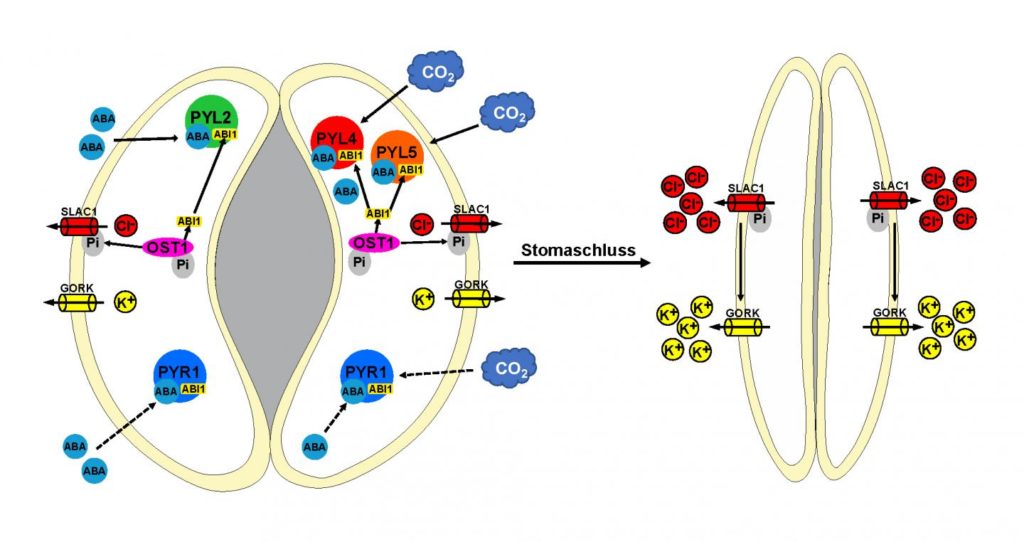
When water is scarce, plants can close their pores to prevent losing too much water. This allows them to survive even longer periods of drought, but with the majority of pores closed, carbon dioxide uptake is also limited, which impairs…
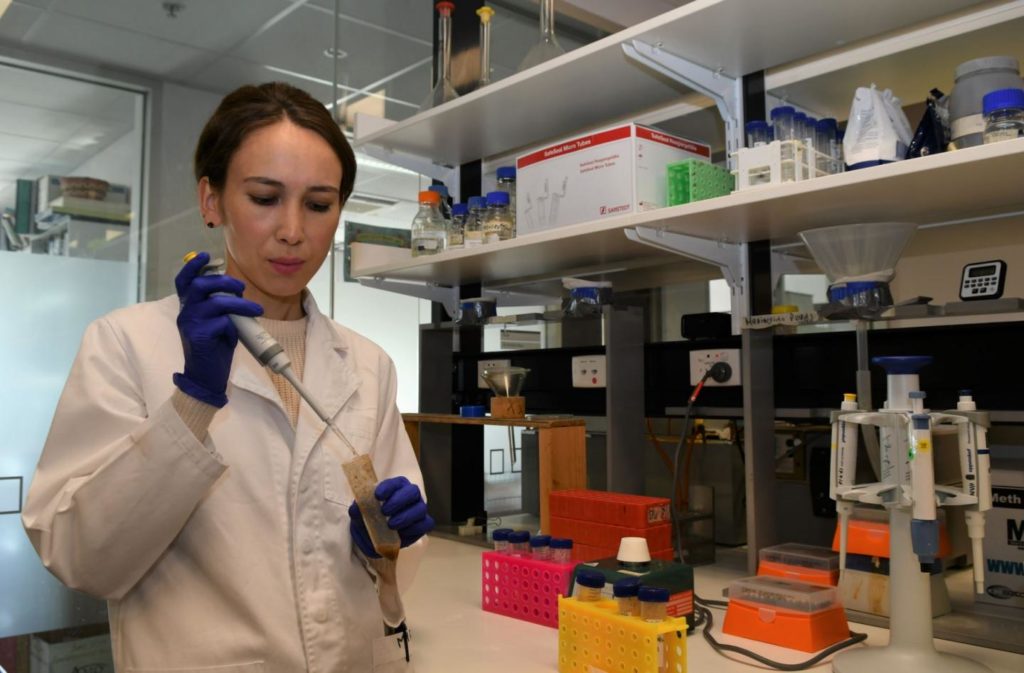
Infective nematodes found in canines in remote Australia
Researchers have found that changing the mechanical properties of individual cells disrupts their ability to remain stable, profoundly affecting their health and the health of the tissue that comprises them. In the September issue of the journal Current Biology ,…
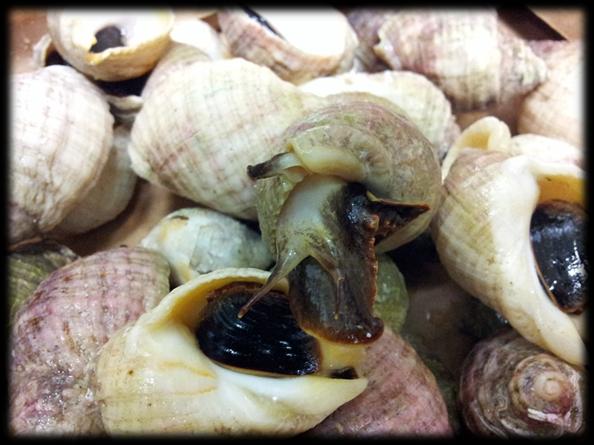
Potential for new drug to prevent colorectal cancer tumors
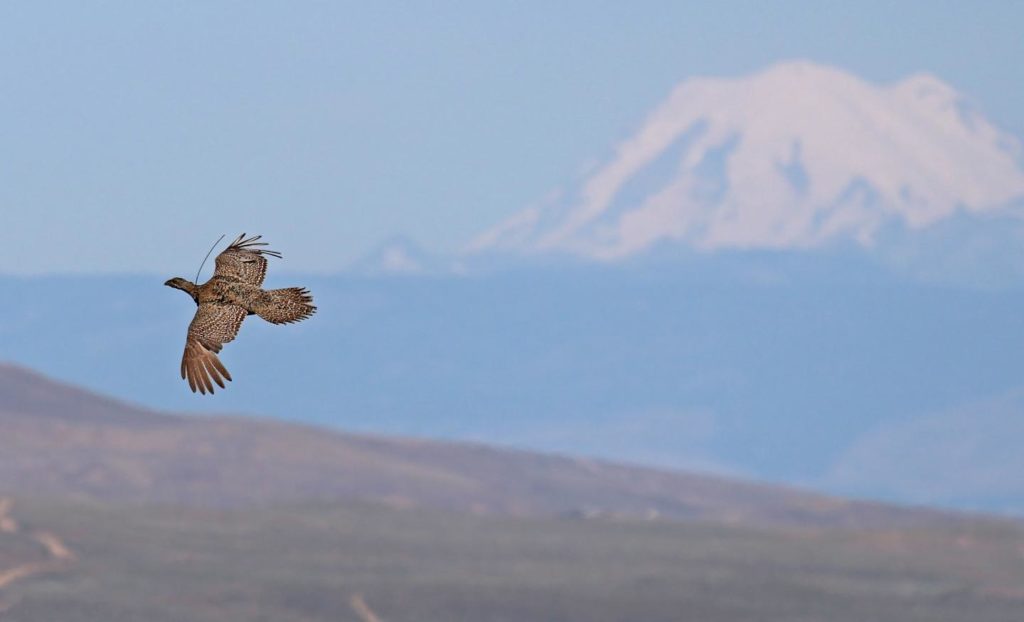
Moving can be tough, but eventually most of us acclimate to new surroundings. That’s true for humans, and research from Washington State University shows it’s the same for sage-grouse too. A team of scientists successfully moved sage-grouse, a threatened bird…
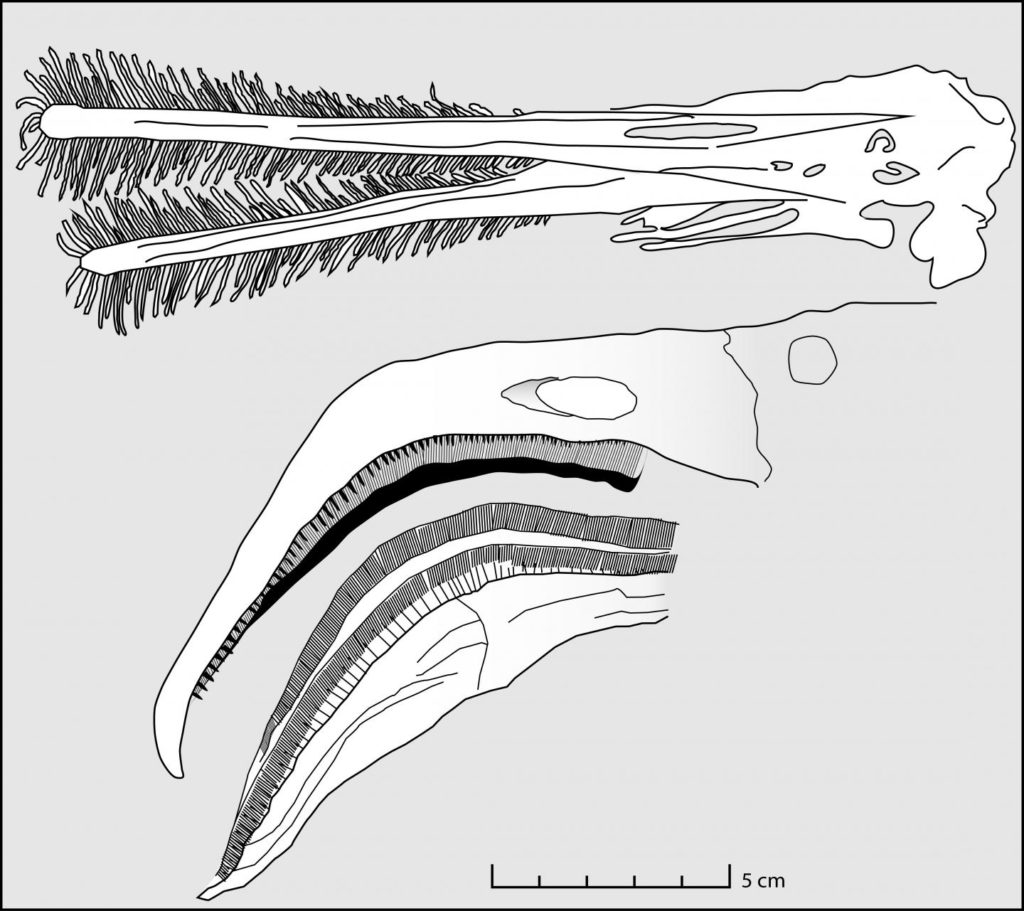
Modern flamingoes employ filter feeding and their feces are, as a result, rich in remains of microscopically-small aquatic prey. Very similar contents are described from more than 150 million year old pterosaur droppings in a recent paper in PeerJ .…
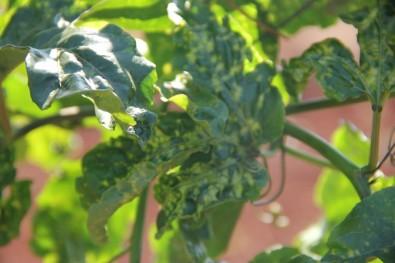
Experiments performed in Brazil show that systematic eradication of plants contaminated by cowpea ap

When researchers examined the mitochondrial DNA of Ötzi, a man entombed in ice high in the Tyrolean Alps some 5,300 years ago, they made a startling discovery. Secreted within the tangles of the ice man’s genetic code was evidence he’d…

Will support research on genes governing the health effects of chronic stress
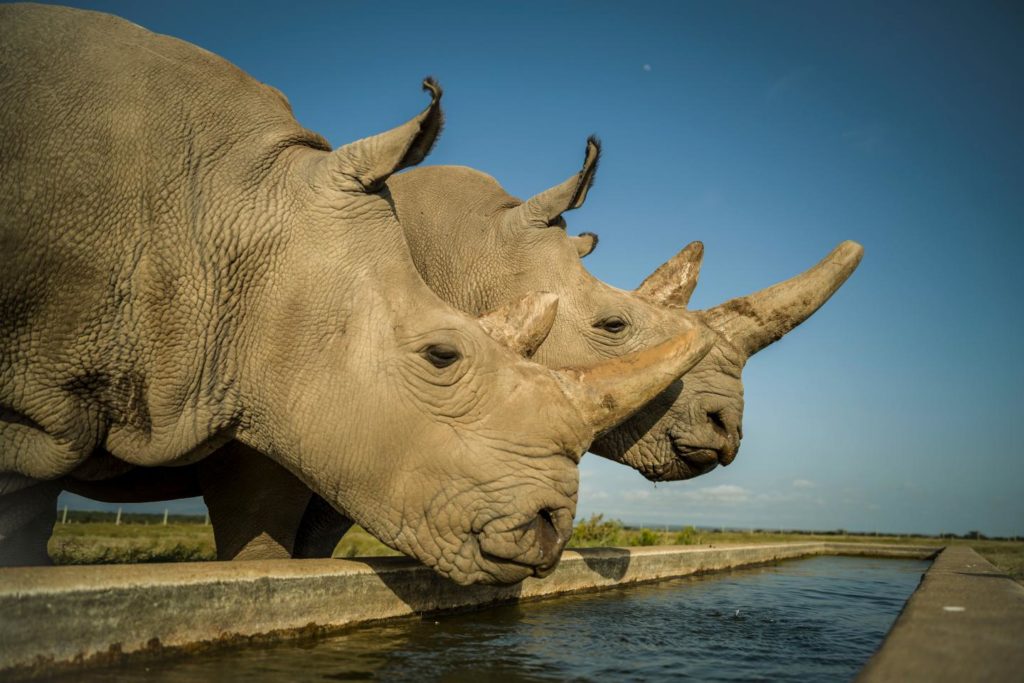
There are only two northern white rhinos left worldwide, both of them female. Saving this representative of megafauna from extinction seems impossible under these circumstances, yet an international consortium of scientists and conservationists just completed a procedure that could enable…
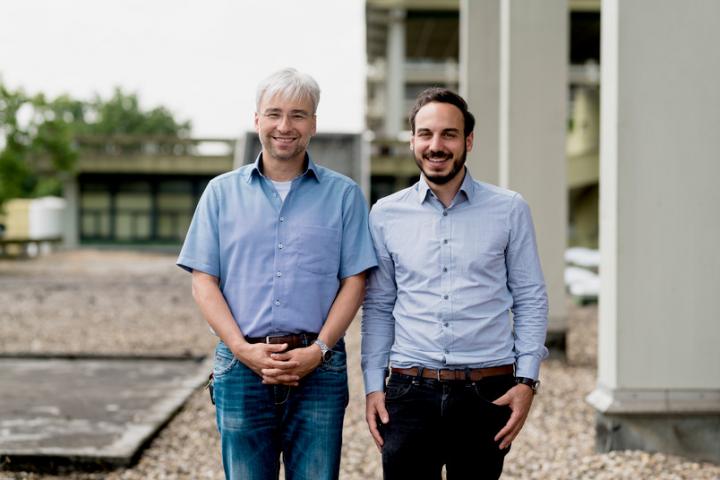
Preventing the deactivation of a protein could be the key to repairing the central nervous system.
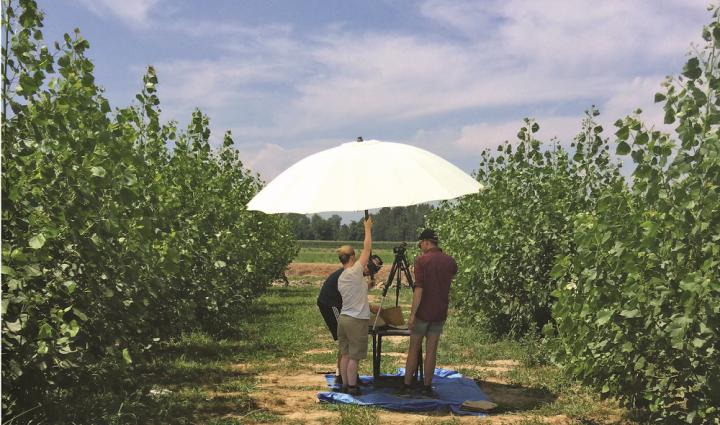
Bioenergy — growing crops that can be used to generate energy (and possibly refined into chemicals) could be an important tool for mitigating climate change. But bioenergy can be controversial if it takes land out of food production or affects…
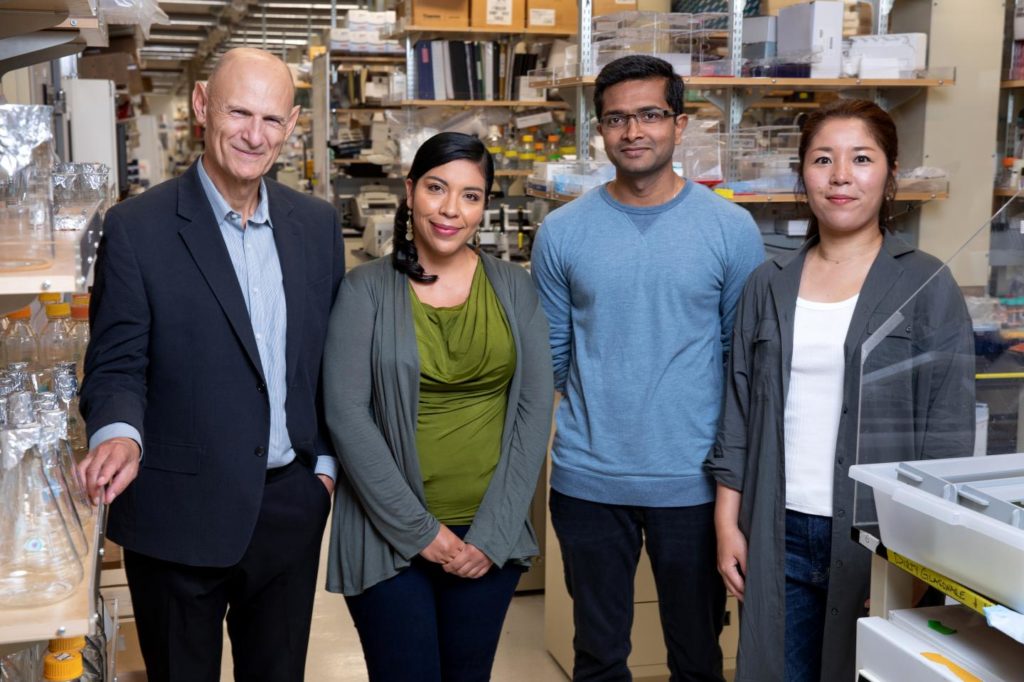
Salk scientists develop a new gene-editing tool that could help treat many disorders caused by gene
While analyzing interactions between parasites and hosts, a substantial amount of research has been devoted to studying the methods parasitic organisms use to control host behavior. In “Invisible Designers: Brain Evolution Through the Lens of Parasite Manipulation,” published in the…

How do big-game animals know where to migrate across hundreds of miles of vast Wyoming landscapes year after year? Among scientists, there are two camps of thought. First is that animals use local cues within their vicinity to determine where…
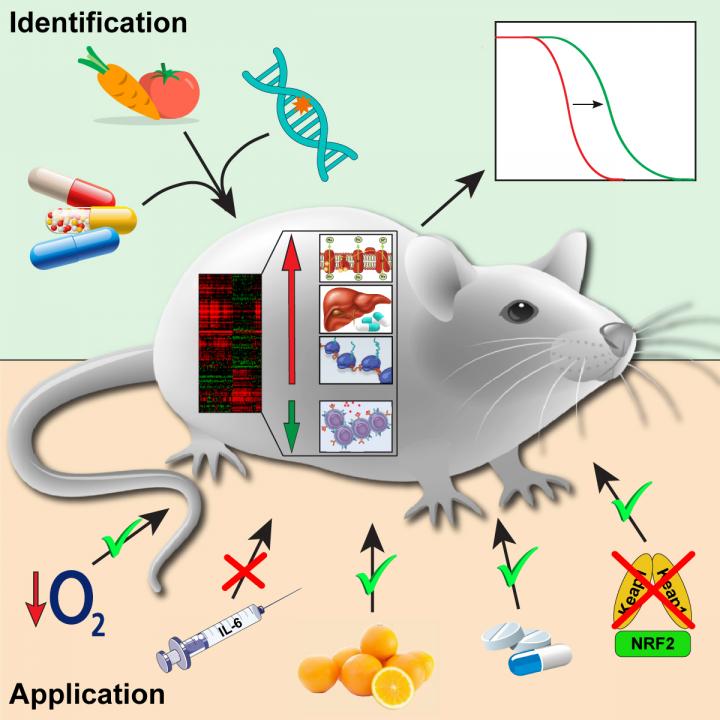
An international group of scientists studied the effects of 17 different lifespan-extending interventions on gene activity in mice and discovered genetic biomarkers of longevity. The results of their study were published in the journal Cell Metabolism . Nowadays, dozens of…
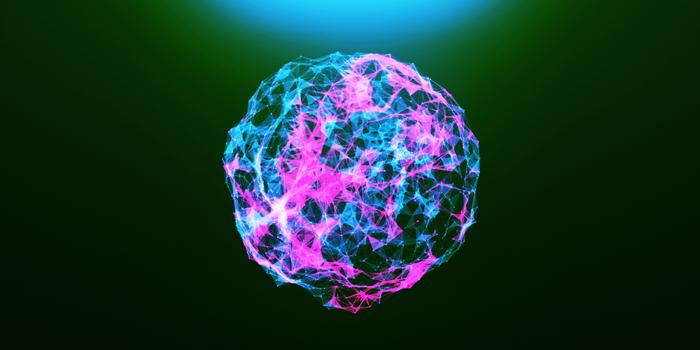
Researchers have now shed light on how bacteria and baker’s yeast generate and use their energy to g

Research by UMass Amherst food scientists compared effects of fresh and thermally processed oil

Strong memories are encoded by teams of neurons working together in synchrony
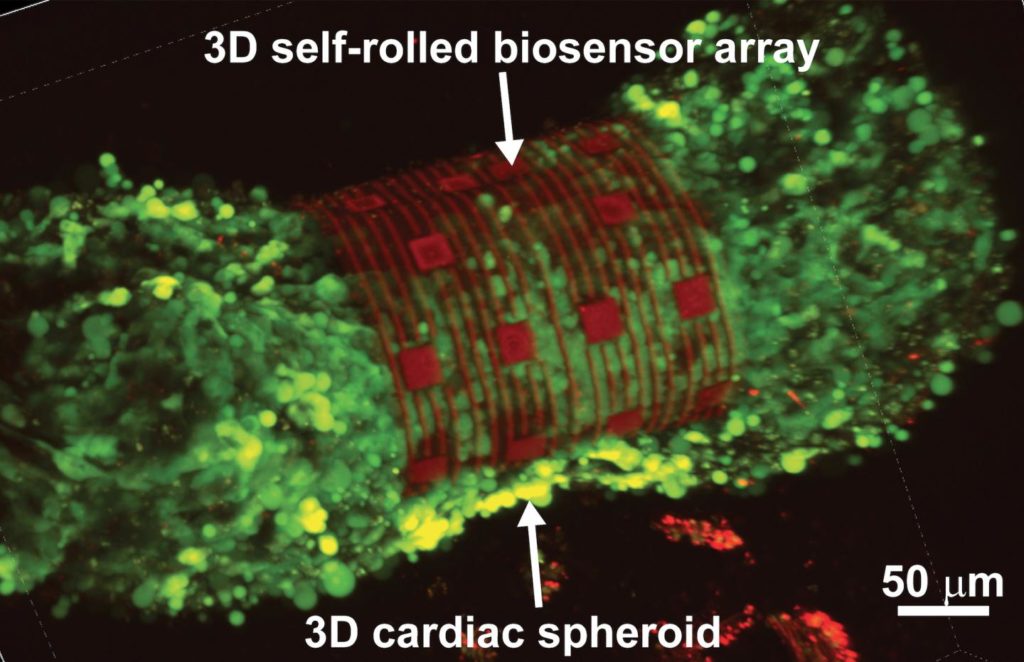
Designing self-rolling 3D sensors that wrap around heart cell spheroids

FAU nursing study demonstrates feasibility, efficacy of animal-assisted interventions in a military
pioneer study now published in Proceedings of the National Academy of Science – USA, the research te
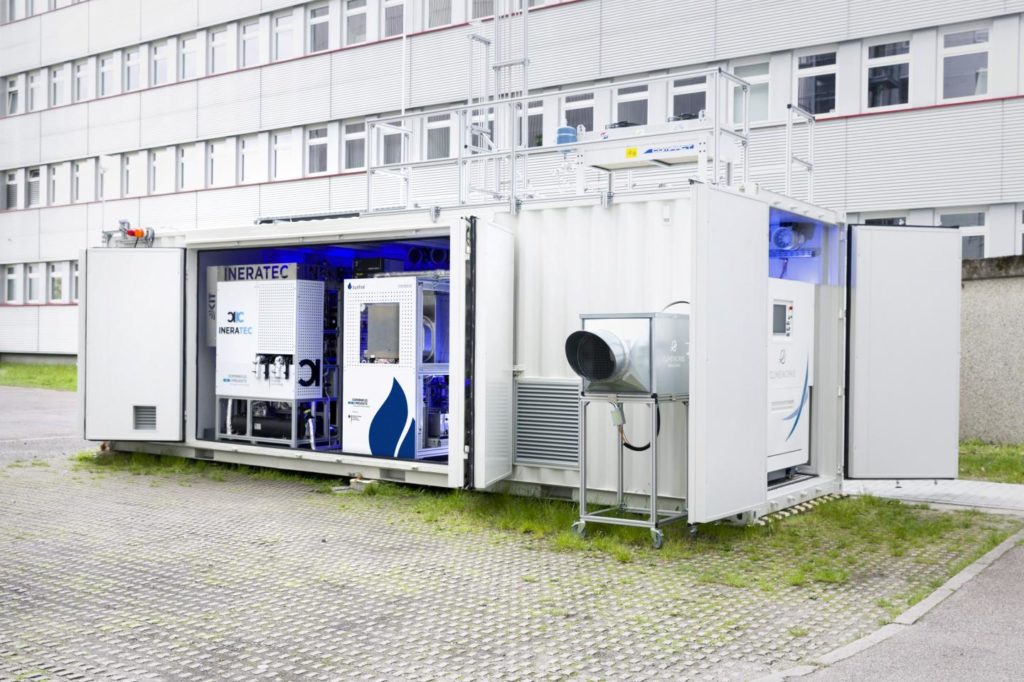
Government-funded Kopernikus Project P2X: Integrated container-scale test facility produces fuels fr
After performing single-cell RNA sequencing on thousands of malaria parasites – the genomes of which have historically encoded many uncharacterized genes – researchers report the first high-resolution atlas of malaria parasite gene expression across the entirety of these organisms’ complex…
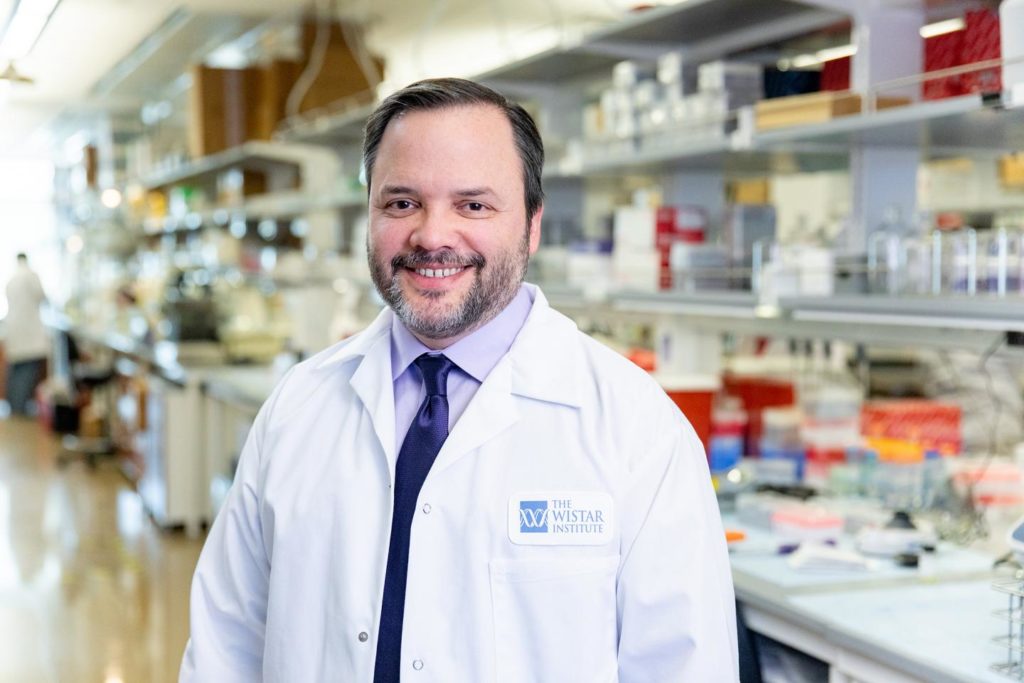
Changes in systemic and local tissue responses reduce susceptibility but do not block infection
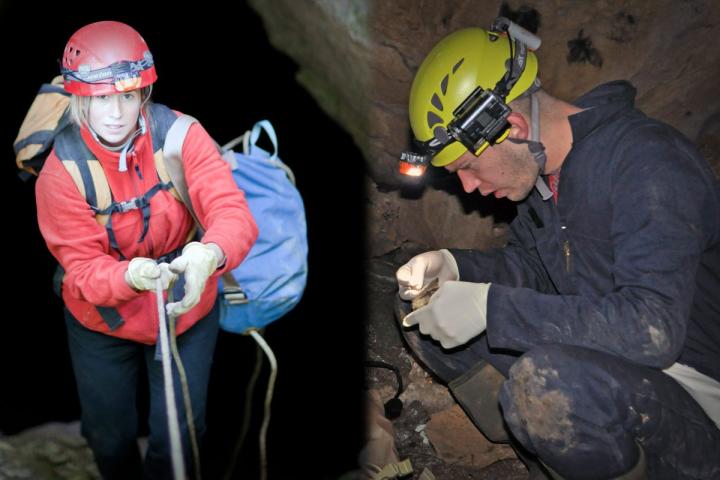
Sometimes, scientists have to look to the past to better understand the present. Researchers from the Department of Biological Sciences in the College of Science received a $2.9 million dollar award from the National Science Foundation (NSF) and the National…
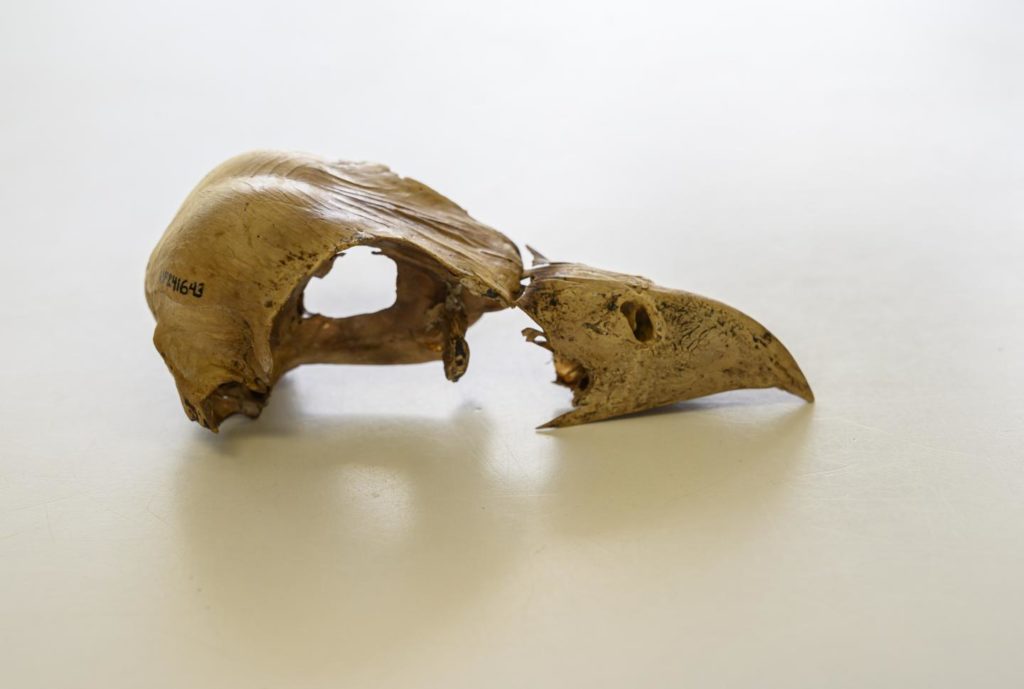
GAINESVILLE, Fla. — Scientists have recovered the first genetic data from an extinct bird in the Caribbean, thanks to the remarkably preserved bones of a Creighton’s caracara from a flooded sinkhole on Great Abaco Island. Studies of ancient DNA from…
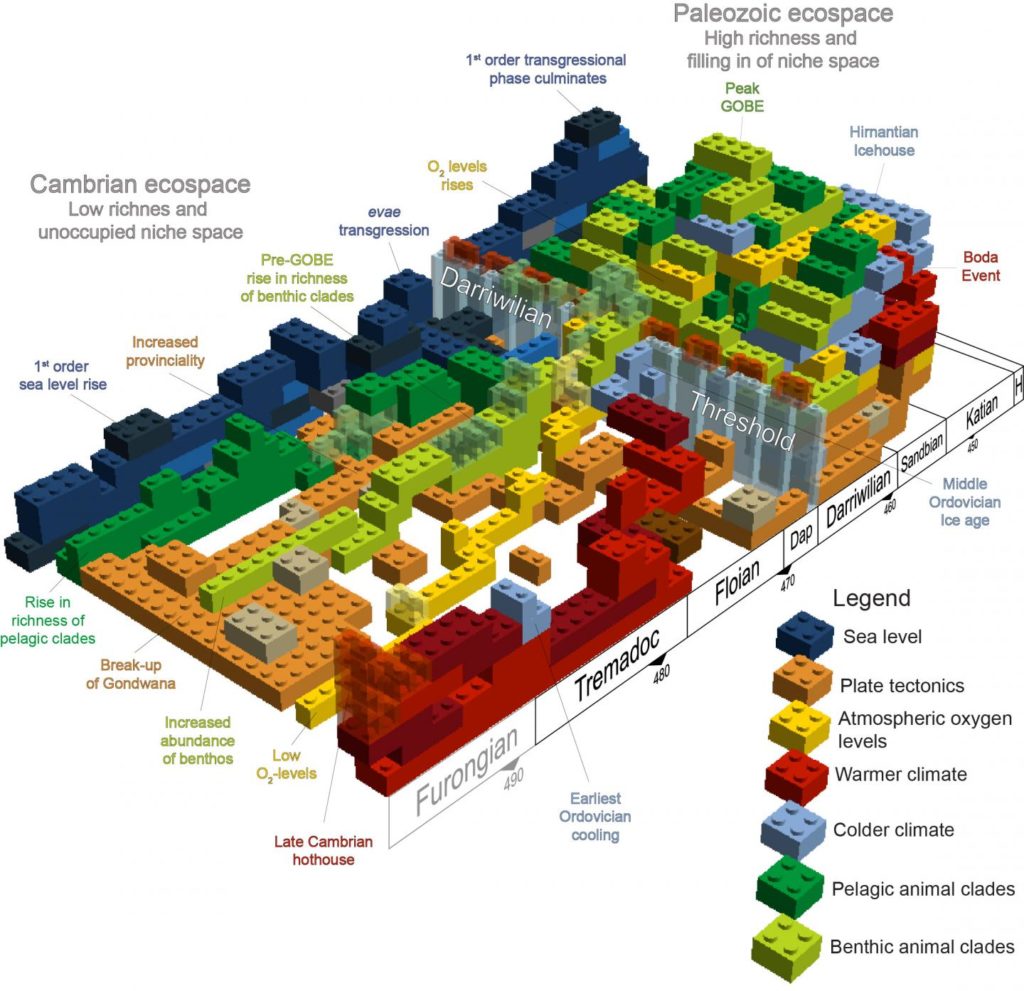
Ohio University researcher publishes landmark review of the Great Ordovician Biodiversification Even

Backed by human genetics, research in flies provides potential drug targets for gout, metabolic synd
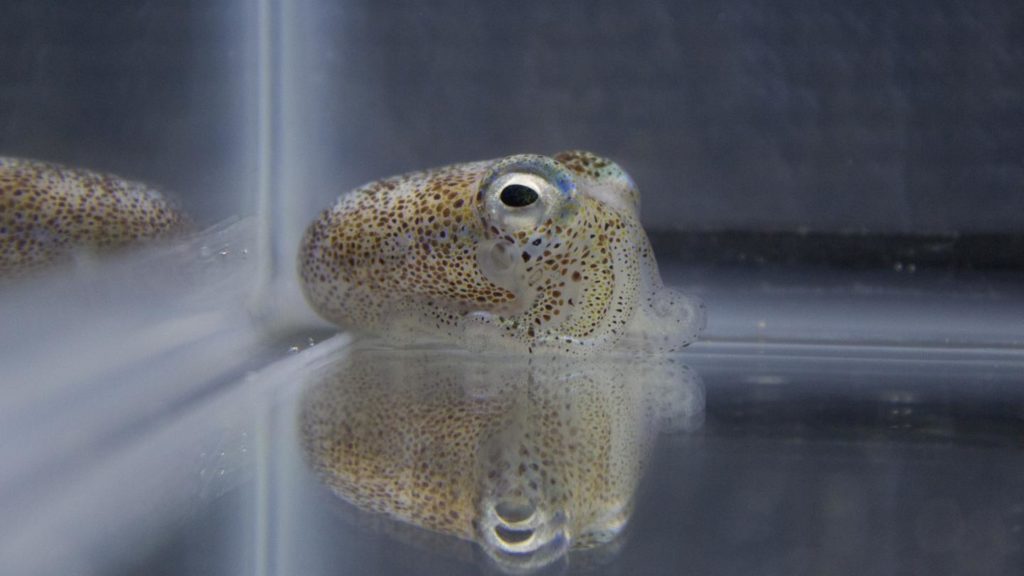
The molecular mechanism used by many bacteria to kill neighboring cells has redundancy built into its genetic makeup, which could allow for the mechanism to be expressed in different environments. Some strains of luminescent bacteria that compete to colonize the…
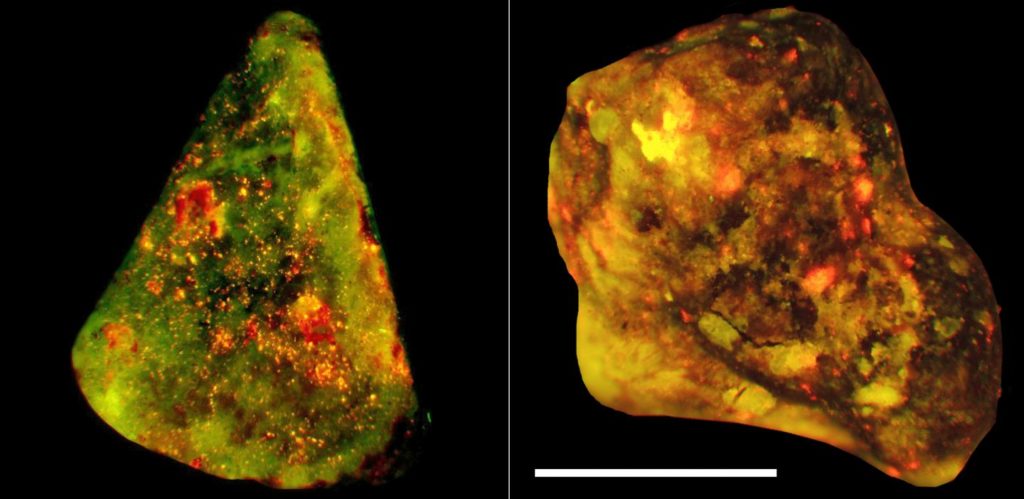
Sticky meshworks of DNA and proteins extruded by white blood cells called neutrophils act as the glue that binds together calcium and cholesterol crystals during gallstone formation, researchers in Germany report August 15 in the journal Immunity . Both genetic…

New research published today in the journal Parasitology shows how the prehistoric inhabitants of a settlement in the freshwater marshes of eastern England were infected by intestinal worms caught from foraging for food in the lakes and waterways around their…
A single human cell contains thousands of proteins that perform a vast array of functions, from fighting off viruses to transcribing DNA. By understanding the structure of these proteins, researchers can interpret their functions and develop methods for turning them…
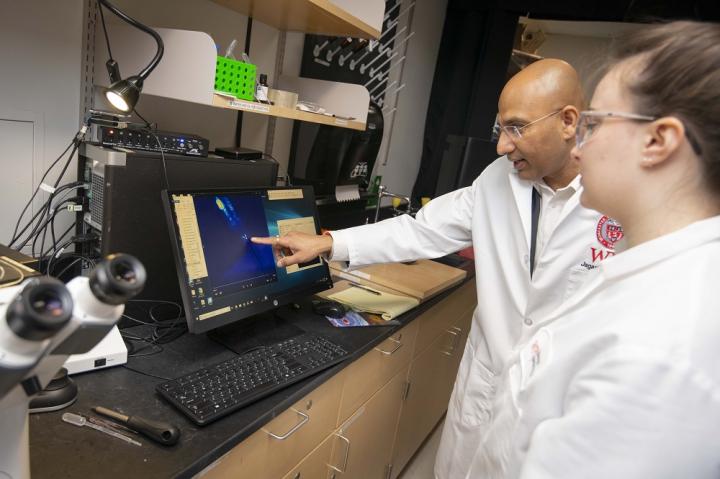
Worcester, Mass. – August 15, 2019 – A biologist at Worcester Polytechnic Institute (WPI) has shown that a key biological component in a worm’s communication system can be repurposed to take on a different job, a critical finding about the…
How a visual test can help screen for autism
Blue Brain Project’s ‘Channelpedia’ is open to brain modellers and pharmacologists everywhere
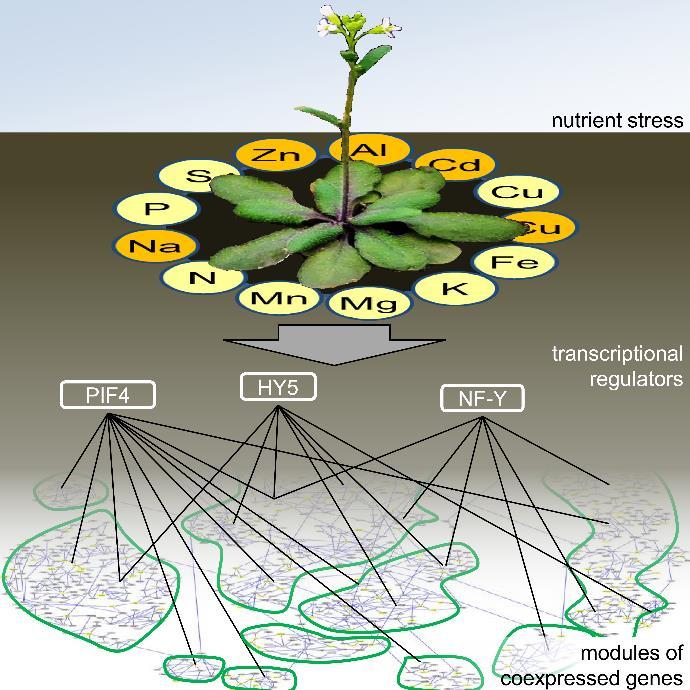
Publication in iScience
The host range of the influenza A virus (IAV) is restricted by dysregulated expression of the M viral gene segment, according to a study published August 15 in the open-access journal PLOS Pathogens by Anice Lowen and John Steel of…
Goal is to increase efficiency of photosynthesis